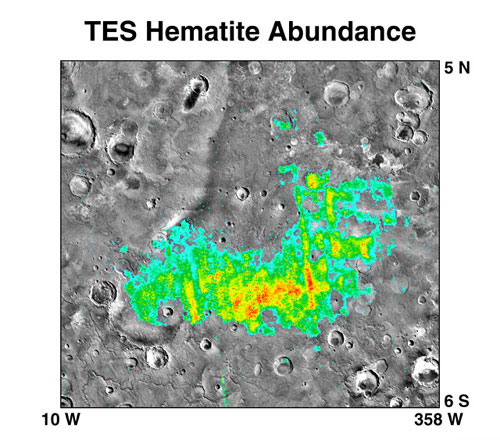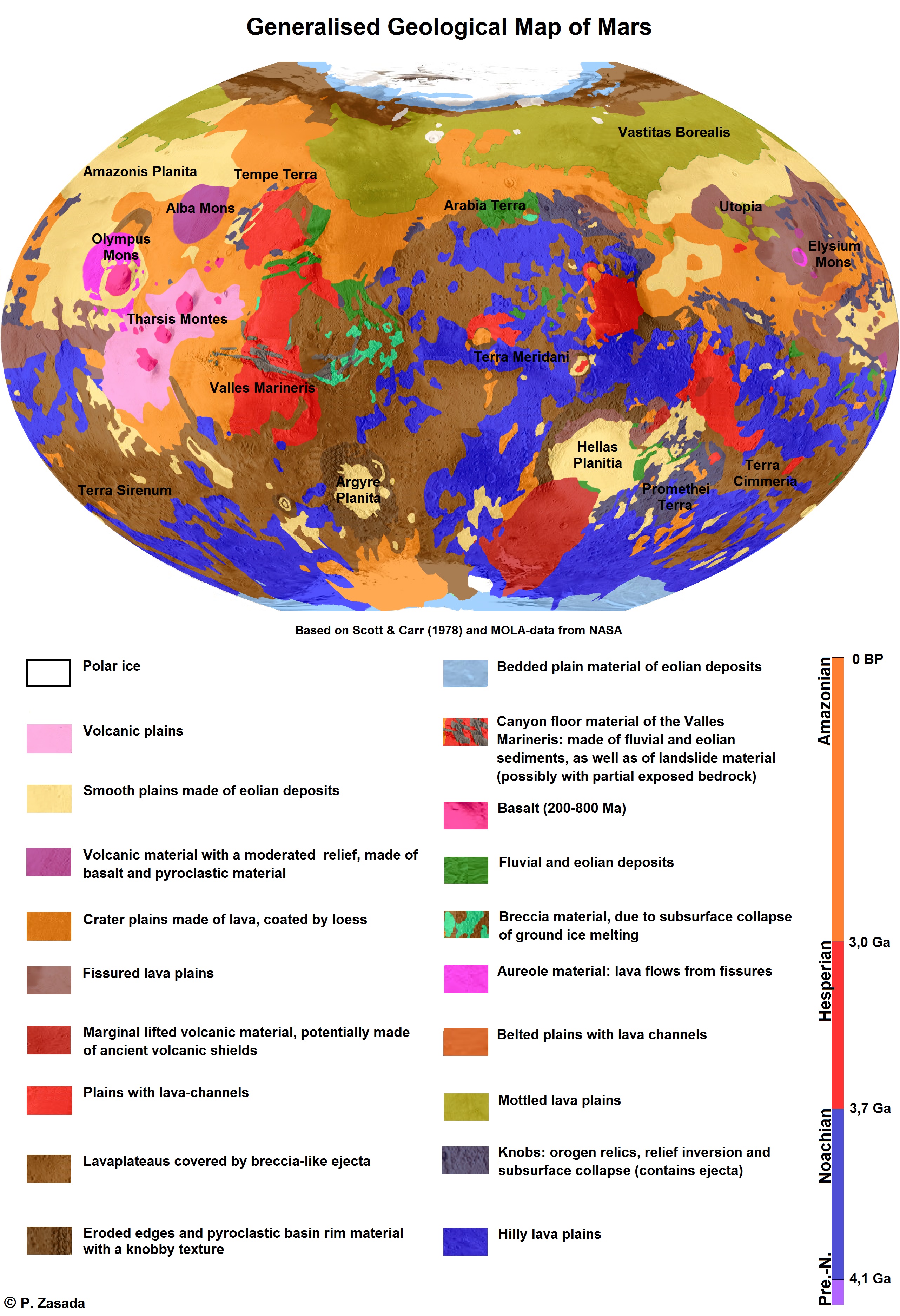|
Jovis Tholus
Jovis Tholus is a volcano in the Tharsis quadrangle of Mars located at 18.41° N and 117.41° W. It is 58.0 km across and was named after a classical albedo feature name. It has an elevation of . It has a 28 km diameter caldera of five craters. 60 km away from the caldera is a 30 km diameter impact crater. Gallery File:Jovis Tholus.jpg, Western part of Jovis Tholus, as seen by THEMIS. References See also * Geology of Mars * List of mountains on Mars by height * Volcanoes on Mars * Volcanology of Mars Volcanic activity, or volcanism, has played a significant role in the geologic evolution of Mars. Scientists have known since the Mariner 9 mission in 1972 that volcanic features cover large portions of the Martian surface. These features in ... Tharsis quadrangle Volcanoes of Mars {{mars-stub ... [...More Info...] [...Related Items...] OR: [Wikipedia] [Google] [Baidu] |
Jovis Tholus Based On Day THEMIS
Jupiter ( la, Iūpiter or , from Proto-Italic "day, sky" + "father", thus " sky father" Greek: Δίας or Ζεύς), also known as Jove (gen. ''Iovis'' ), is the god of the sky and thunder, and king of the gods in ancient Roman religion and mythology. Jupiter was the chief deity of Roman state religion throughout the Republican and Imperial eras, until Christianity became the dominant religion of the Empire. In Roman mythology, he negotiates with Numa Pompilius, the second king of Rome, to establish principles of Roman religion such as offering, or sacrifice. Jupiter is usually thought to have originated as a sky god. His identifying implement is the thunderbolt and his primary sacred animal is the eagle, which held precedence over other birds in the taking of auspices and became one of the most common symbols of the Roman army (see Aquila). The two emblems were often combined to represent the god in the form of an eagle holding in its claws a thunderbolt, frequently se ... [...More Info...] [...Related Items...] OR: [Wikipedia] [Google] [Baidu] |
Thermal Emission Imaging System
The Thermal Emission Imaging System (THEMIS) is a camera on board the 2001 Mars Odyssey orbiter. It images Mars in the visible and infrared parts of the electromagnetic spectrum in order to determine the thermal properties of the surface and to refine the distribution of minerals on the surface of Mars as determined by the Thermal Emission Spectrometer (TES). Additionally, it helps scientists to understand how the mineralogy of Mars relates to its landforms, and it can be used to search for thermal hotspots in the Martian subsurface. THEMIS is managed from the Mars Space Flight Facility at Arizona State University and was built by the Santa Barbara Remote Sensing division of Raytheon Technologies Corporation, an American multinational conglomerate headquartered in Waltham, Massachusetts. The instrument is named after Themis, the goddess of justice in ancient Greek mythology. Infrared camera THEMIS detects thermal infrared energy emitted by the Martian surface at nin ... [...More Info...] [...Related Items...] OR: [Wikipedia] [Google] [Baidu] |
Tharsis Quadrangle
The Tharsis quadrangle is one of a series of 30 quadrangle maps of Mars used by the United States Geological Survey (USGS) Astrogeology Research Program. The Tharsis quadrangle is also referred to as MC-9 (Mars Chart-9). The name Tharsis refers to a land mentioned in the Bible. It may be at the location of the old town of Tartessus at the mouth of Guadalquivir. The quadrangle covers the area from 90° to 135° west longitude and 0° to 30° north latitude on Mars and contains most of the Tharsis Rise. The plateau is about as high as Earth's Mount Everest and about as big in area as all of Europe. Tharsis contains a group of large volcanoes. Olympus Mons is the tallest. Within the quadrangle, the two largest impact craters are Poynting and Paros. Volcanoes Tharsis is a land of great volcanoes. Olympus Mons is the tallest known volcano in the Solar System; it is 100 times larger than any volcano on Earth. Ascraeus Mons and Pavonis Mons are at least 200 miles across ... [...More Info...] [...Related Items...] OR: [Wikipedia] [Google] [Baidu] |
Mars
Mars is the fourth planet from the Sun and the second-smallest planet in the Solar System, only being larger than Mercury. In the English language, Mars is named for the Roman god of war. Mars is a terrestrial planet with a thin atmosphere (less than 1% that of Earth's), and has a crust primarily composed of elements similar to Earth's crust, as well as a core made of iron and nickel. Mars has surface features such as impact craters, valleys, dunes and polar ice caps. It has two small and irregularly shaped moons, Phobos and Deimos. Some of the most notable surface features on Mars include Olympus Mons, the largest volcano and highest known mountain in the Solar System and Valles Marineris, one of the largest canyons in the Solar System. The Borealis basin in the Northern Hemisphere covers approximately 40% of the planet and may be a large impact feature. Days and seasons on Mars are comparable to those of Earth, as the planets have a similar rotation period a ... [...More Info...] [...Related Items...] OR: [Wikipedia] [Google] [Baidu] |
Geology Of Mars
The geology of Mars is the scientific study of the surface, crust, and interior of the planet Mars. It emphasizes the composition, structure, history, and physical processes that shape the planet. It is analogous to the field of terrestrial geology. In planetary science, the term ''geology'' is used in its broadest sense to mean the study of the solid parts of planets and moons. The term incorporates aspects of geophysics, geochemistry, mineralogy, geodesy, and cartography. A neologism, areology, from the Greek word ''Arēs'' (Mars), sometimes appears as a synonym for Mars's geology in the popular media and works of science fiction (e.g. Kim Stanley Robinson, Kim Stanley Robinson's Mars trilogy). The term areology is also used by the Areological Society. Geological map of Mars (2014) File:Geologic Map of Mars figure2.pdf, Figure 2 for the geologic map of Mars Global Martian topography and large-scale features Composition of Mars Mars is a terrestrial planet, which ... [...More Info...] [...Related Items...] OR: [Wikipedia] [Google] [Baidu] |
List Of Mountains On Mars By Height
This is a list of mountains on Mars by elevation, the vertical position relative to the areoid, which is the Martian vertical datum (the surface defined as zero elevation by average martian atmospheric pressure and planet radius). Elevation is ''not'' the height above the surrounding terrain (topographic prominence). *A mons (plural ''montes'') is a term used in astrogeology to name extraterrestrial mountains and may or may not be of volcanic origin. *A patera refers to the dish-shaped depression atop a volcano that is not very high compared to its diameter. *A tholus (pl. tholi) is the term used in astrogeology to describe a small domical mountain or hill. *Listed mons elevation is the highest point (at 16 pixels/degree) within the feature. *Listed patera elevation is the average elevation of the shallow dish-shaped depression (the actual 'patera') at the summit. Notable extreme elevations on Earth and Venus are included (in bold ''and'' ''Italics'') for comparison, where the ... [...More Info...] [...Related Items...] OR: [Wikipedia] [Google] [Baidu] |
Volcanoes On Mars
Volcanic activity, or volcanism, has played a significant role in the geologic evolution of Mars. Scientists have known since the Mariner 9 mission in 1972 that volcanic features cover large portions of the Martian surface. These features include extensive lava flows, vast lava plains, and the largest known volcanoes in the Solar System. Martian volcanic features range in age from Noachian (>3.7 billion years) to late Amazonian (< 500 million years), indicating that the planet has been volcanically active throughout its history, and some speculate it probably still is so today. Both and Mars are large, differentiated |
Volcanology Of Mars
Volcanic activity, or volcanism, has played a significant role in the geologic evolution of Mars. Scientists have known since the Mariner 9 mission in 1972 that volcanic features cover large portions of the Martian surface. These features include extensive lava flows, vast lava plains, and the largest known volcanoes in the Solar System. Martian volcanic features range in age from Noachian (>3.7 billion years) to late Amazonian (< 500 million years), indicating that the planet has been volcanically active throughout its history, and some speculate it probably still is so today. Both Earth and Mars are large, differentiated [...More Info...] [...Related Items...] OR: [Wikipedia] [Google] [Baidu] |




